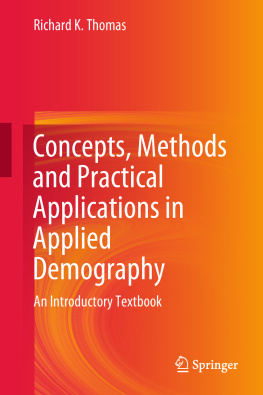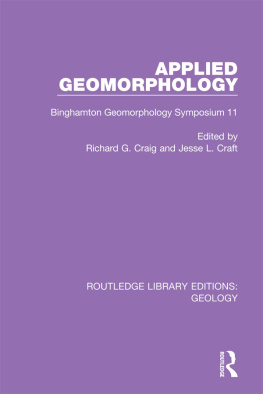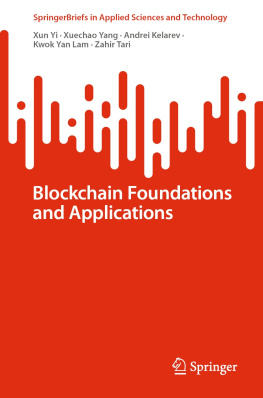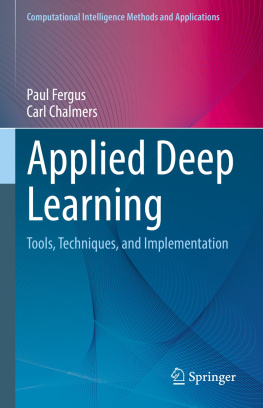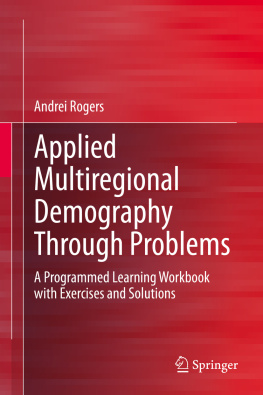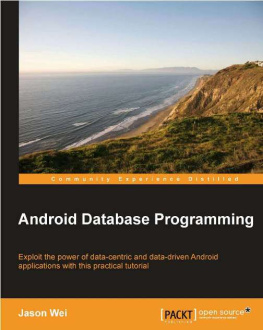Richard K. Thomas - Concepts, Methods and Practical Applications in Applied Demography
Here you can read online Richard K. Thomas - Concepts, Methods and Practical Applications in Applied Demography full text of the book (entire story) in english for free. Download pdf and epub, get meaning, cover and reviews about this ebook. year: 0, publisher: Springer International Publishing, genre: Politics. Description of the work, (preface) as well as reviews are available. Best literature library LitArk.com created for fans of good reading and offers a wide selection of genres:
Romance novel
Science fiction
Adventure
Detective
Science
History
Home and family
Prose
Art
Politics
Computer
Non-fiction
Religion
Business
Children
Humor
Choose a favorite category and find really read worthwhile books. Enjoy immersion in the world of imagination, feel the emotions of the characters or learn something new for yourself, make an fascinating discovery.
- Book:Concepts, Methods and Practical Applications in Applied Demography
- Author:
- Publisher:Springer International Publishing
- Genre:
- Year:0
- Rating:3 / 5
- Favourites:Add to favourites
- Your mark:
- 60
- 1
- 2
- 3
- 4
- 5
Concepts, Methods and Practical Applications in Applied Demography: summary, description and annotation
We offer to read an annotation, description, summary or preface (depends on what the author of the book "Concepts, Methods and Practical Applications in Applied Demography" wrote himself). If you haven't found the necessary information about the book — write in the comments, we will try to find it.
Concepts, Methods and Practical Applications in Applied Demography — read online for free the complete book (whole text) full work
Below is the text of the book, divided by pages. System saving the place of the last page read, allows you to conveniently read the book "Concepts, Methods and Practical Applications in Applied Demography" online for free, without having to search again every time where you left off. Put a bookmark, and you can go to the page where you finished reading at any time.
Font size:
Interval:
Bookmark:
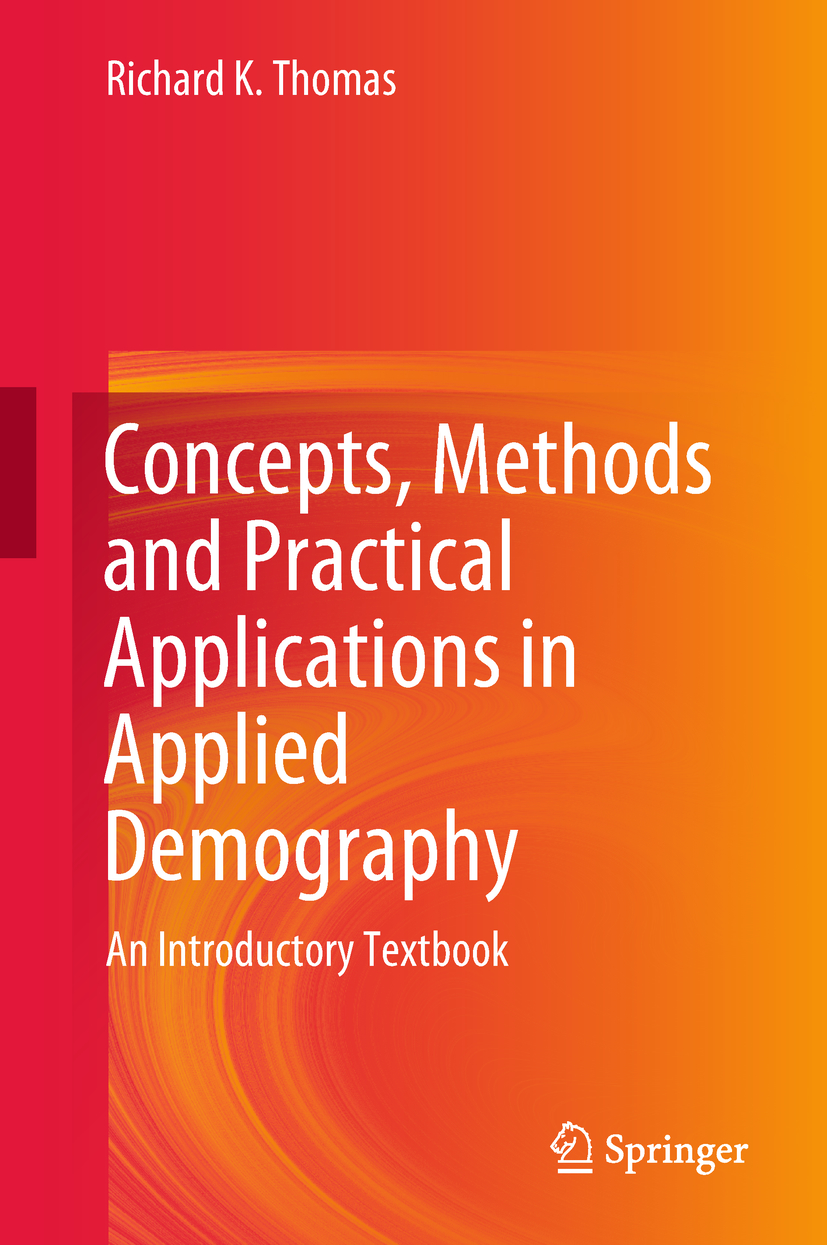

This Springer imprint is published by Springer Nature
The registered company is Springer International Publishing AG
The registered company address is: Gewerbestrasse 11, 6330 Cham, Switzerland
This Chapter presents an overview of the field of demography and the place of applied demography within the broader context. It traces the development of applied demography as a sub-discipline and reviews the factors that have created growing interest in and demand for the application of demographic concepts, techniques and data inside and outside of academia.
Demography comes from the Greek and means describing peopledemo for people and graphy to write about a particular topic. Also referred to as population studies demography seeks to analyze human populations and profile them in terms of their salient characteristics and the dynamic processes that influence these characteristics.
Demography as a distinct field of study has a relatively short history. The term demography was coined in 1855 by Achille Guillard () when he published Elements de Statistique Humaine ou Demographie Comparee. He combined the Greek words demos and graphein to create the disciplines name. To Guillard, the focus of demography was the mathematical knowledge of populations, their general movements, and their physical, civil, intellectual and moral state. His interest in population size and distribution, demographic processes and population structure of a population foretold modern demography .
Demographycomes from the Greek words for people (demos) and writing about (graphe) and refers to the science of describing populations.
While it is appropriate to say that demographers are interested in the characteristics of populations, they are not interested in every characteristic. There is a certain set of attributes that are the focus of demographic analysis. Demographers are interested in characteristics that are relevant within a social and cultural context. Thus, demographers study biosocial traits such as age, sex and race and sociocultural traits such as marital status , education , income, occupation and even religion . While age, sex and race may be thought of as physical attributes, each involves a significant social dimension and are thus classified as biosocial.
Demographers do not focus on the attributes of individuals but on the characteristics of groups of people. While every individual might be considered to possess a demographic profile, the interest of demographers is on the attributes of aggregatesa community, a state or a nation. There are situations in which a subset of a population may be the object of study, such as cohorts of child-bearing age women, senior citizens, or African-Americans , but it is still the aggregate characteristics of the group that are of significance. There will be significant variation within any group in terms of its attributes. Members of any population may exhibit a range of values for any attribute (e.g., income) so it is the average characteristics of the population that are of interest to the demographer.
Demography is by definition an applied discipline. While this text makes occasional references to demographic theory, most of the material is devoted to the study of the concepts, methods and data used in the application of demography to real-world problems. A frequent question asked of demographers when they present the facts is: This is interesting but what can you do with it? Like all disciplines, there is a basic science dimension to demography , what we might call science for sciences sake. But, ultimately, most demographers use their knowledge to understand real world problems and, not just to understand them, but to help develop solutions for them. Demographers analyzing the changing age structure of the U.S. population, for example, have contributed important knowledge for addressing the challenges of funding the federal Social Security and Medicare programs. Demographers examining fertility trends have contributed to solutions for addressing such phenomena as high rates of births to unmarried women and teenagers.
In addition to proposing practical solutions to real-world problems, demographic data make an important contribution to policy setting. As in the case of Social Security and Medicare cited above, an understanding of demographic trends provides policy-makers with the background they need for establishing effective policies. There is essentially no sector of U.S. society that cannot benefit at the policy level from demographic input. Thus, education , economic development, transportation, disaster preparedness, and criminal justice , to name a few, are areas where demographic data can make a significant contribution to policy setting and program implementation.
Applied demography involves the application of demographic theories, concepts, methods and data to the solution of practical real world problems. As noted by Murdock and Ellis (), applied demography focuses on pragmatic concerns of interests to professionals whose training and experience lie largely outside the small community of professional demographers. This often means the application of demographic methods and materials to non-demographic factors and events.
Font size:
Interval:
Bookmark:
Similar books «Concepts, Methods and Practical Applications in Applied Demography»
Look at similar books to Concepts, Methods and Practical Applications in Applied Demography. We have selected literature similar in name and meaning in the hope of providing readers with more options to find new, interesting, not yet read works.
Discussion, reviews of the book Concepts, Methods and Practical Applications in Applied Demography and just readers' own opinions. Leave your comments, write what you think about the work, its meaning or the main characters. Specify what exactly you liked and what you didn't like, and why you think so.

